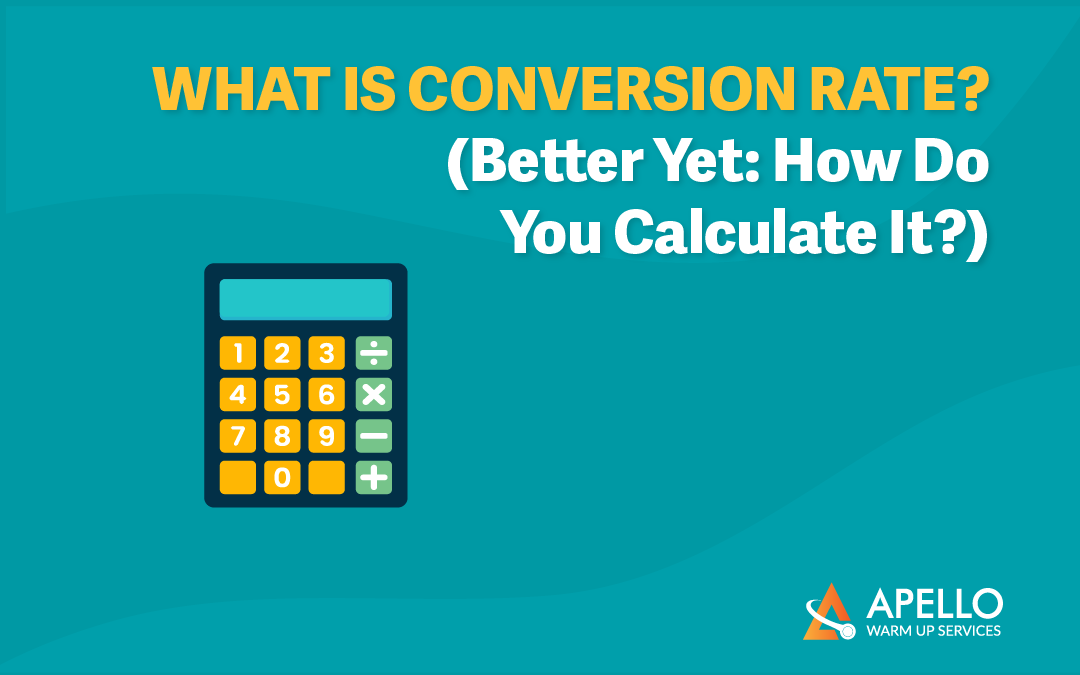Ah, conversion rate – the holy grail of digital marketing metrics. It’s the secret sauce that separates the marketing rockstars from the, well, not-so-rockstars. But what exactly is conversion rate, and why should you care? Conversion rates: a confusing topic for many. But don’t worry, we’ll explain this important concept clearly and simply, so you can start improving your business results today. It shows you your website’s conversion rate: how many people who visit actually buy.
What exactly *is* a conversion rate?
In simple terms, conversion rate is the percentage of website visitors, email recipients, or social media followers who take a desired action. This could be anything from filling out a form, making a purchase, downloading an e-book, or even just clicking on a link. It’s the measure of how well your marketing efforts are, well, converting.
Picture this: a party. You invite 100 guests (your website visitors), but only 20 of them actually show up and dance the night away (take the desired action). We saw a 20% conversion rate. Not bad, but not amazing either.
Why Do Marketers Need to Pay Attention to Conversion Rate?
Conversion rates are super important; they’re the lifeblood of any successful business. Without high conversion rates, your profits will suffer. More leads and sales mean more money in the bank. That’s what a high conversion rate gets you. Ready, set, go! No turning back now! The moment of truth. How’s that marketing plan of yours performing? Is it bringing in the sales? Total failure, or nah?
Here are a few reasons why marketers need to pay attention to conversion rate:
- Resource allocation: See which marketing methods are working best by checking your conversion rates. Then, put your money where it counts.
- Return on Investment (ROI): Marketing campaign ROI? Conversion rates show you exactly how much you’re getting back for every dollar spent.
- Competitive advantage: Conversion rates matter. A high one shows you’re doing things right, attracting customers, and leaving the competition in the dust.
How to Calculate Conversion Rate: A Step-by-Step Guide
Calculating conversion rate is relatively straightforward. Here’s a step-by-step guide to get you started:
- Define your goal: Determine what action you want visitors to take (e.g., fill out a form, make a purchase, etc.).
- Track the number of conversions: Use analytics tools to track the number of visitors who take the desired action.
- Track the total number of visitors: Record the total number of visitors to your website, email campaign, or social media platform.
- Calculate the conversion rate: Divide the number of conversions by the total number of visitors, then multiply by 100.
Conversion Rate Formula:
Conversion Rate = (Number of Conversions ÷ Total Number of Visitors) × 100
What’s a “Good” Conversion Rate?
Now that you know how to calculate conversion rate, the question is: what’s a good conversion rate? The right answer depends on a few things: your industry, who you’re targeting, and your marketing objectives.
Here are some general guidelines:
- E-commerce: 2-3% is a decent conversion rate for e-commerce sites.
- Lead generation: 5-10% is a good conversion rate for lead generation campaigns.
- Email marketing: 2-5% is a good conversion rate for email marketing campaigns.
What’s a “Bad” Conversion Rate?
A bad conversion rate is one that’s lower than your industry average or below 1%. The pain shot through me; I yelped. If you’re stuck in this category, don’t worry – it’s an opportunity to optimize and improve.

Conclusion
Conversion rate is the unsung hero of digital marketing metrics. Conversion rates: Knowing what they are, why they’re vital for success, and how to compute them is the first step toward more effective marketing campaigns and demonstrably better results. More than just website traffic, we’re focused on turning clicks into paying customers—that’s the real win.
Remember, a good conversion rate is like a perfectly crafted cocktail – it takes the right mix of ingredients, a dash of creativity, and a whole lot of testing. So, go ahead, raise your glass, and cheers to conversion rate optimization!
Here are some extra resources.


Recent Comments